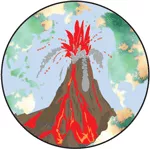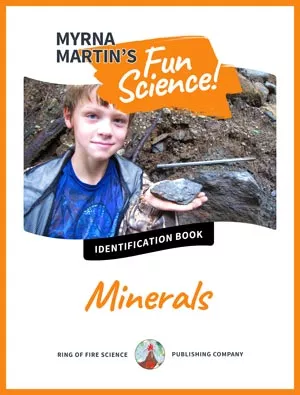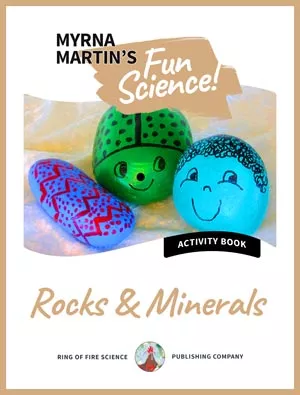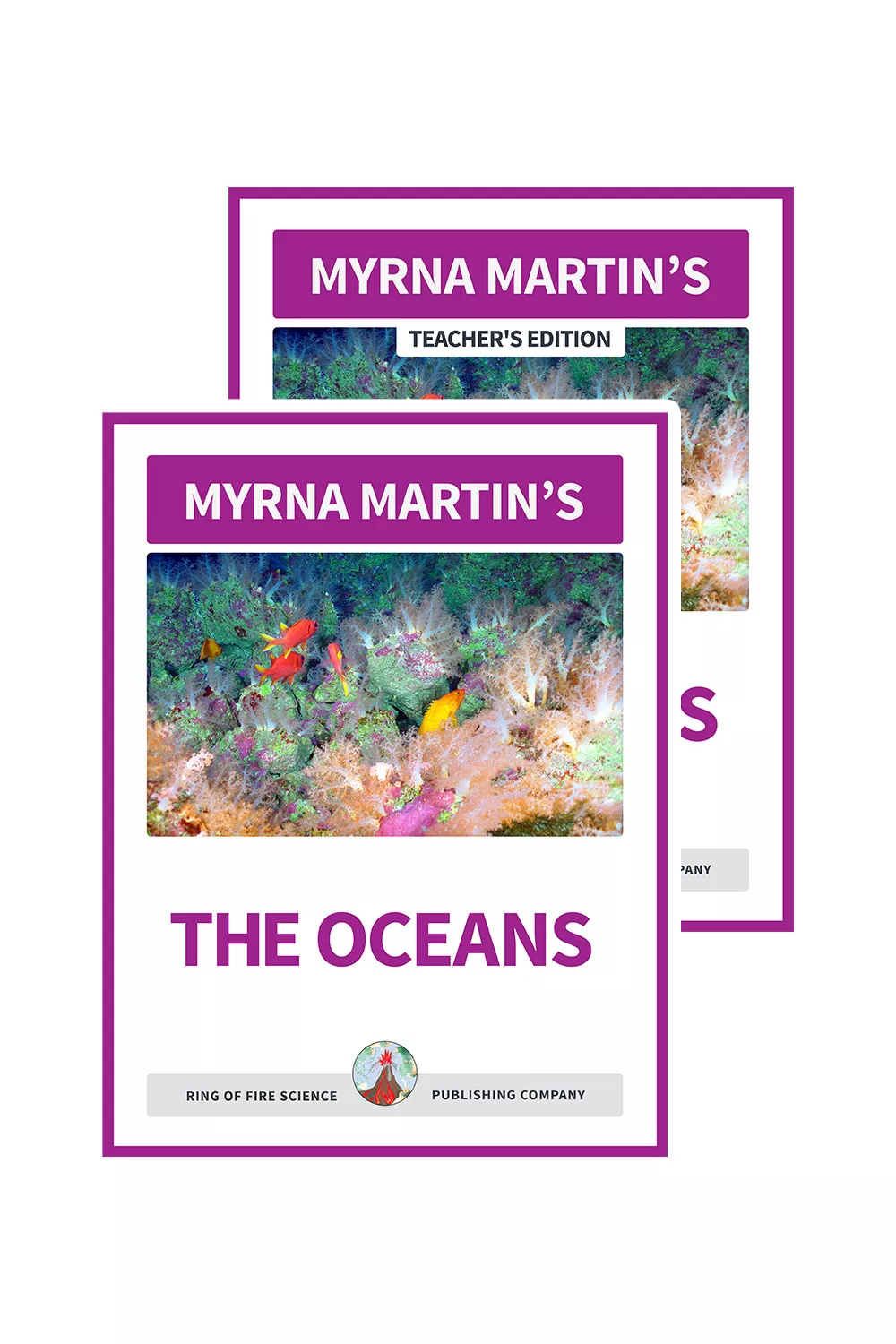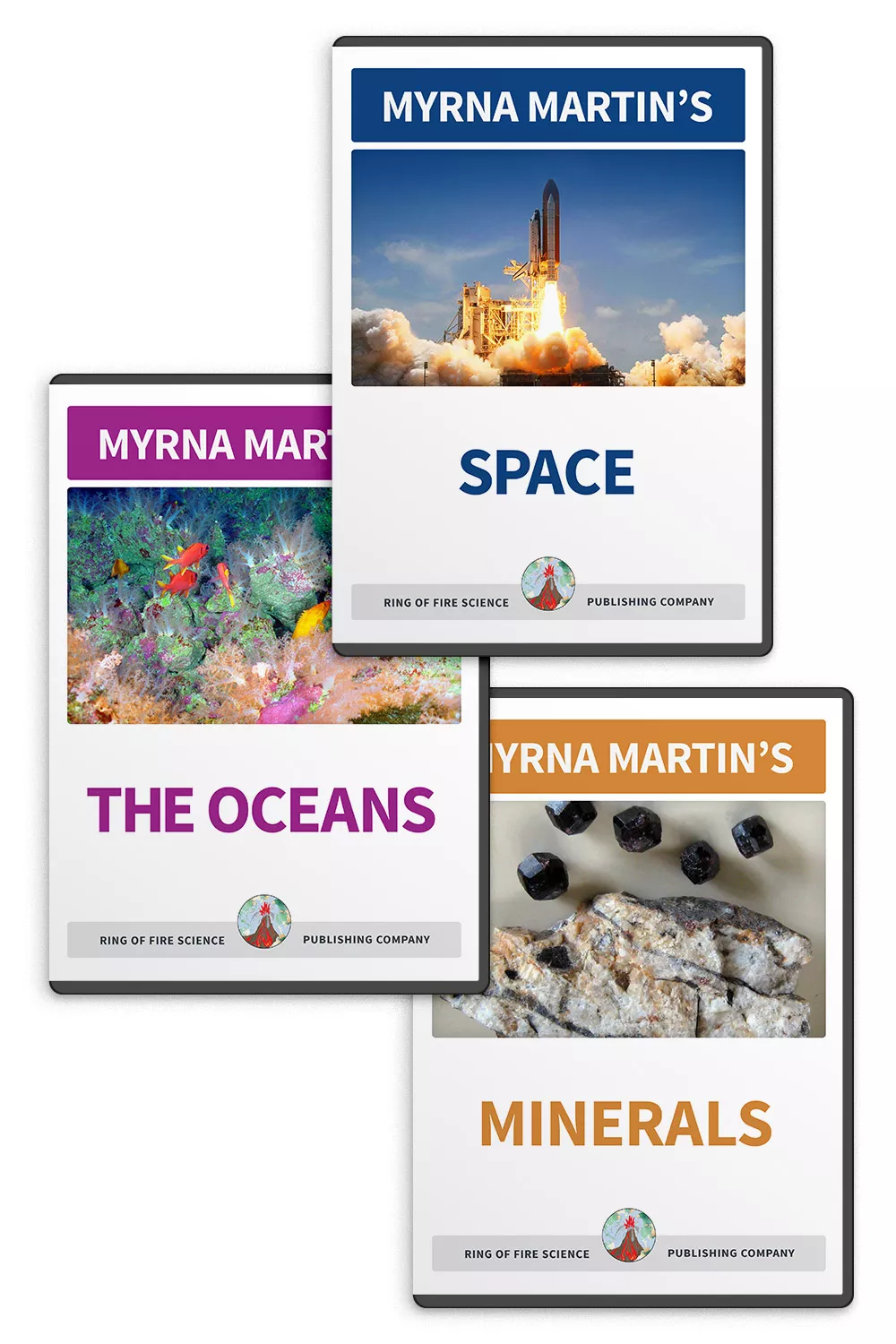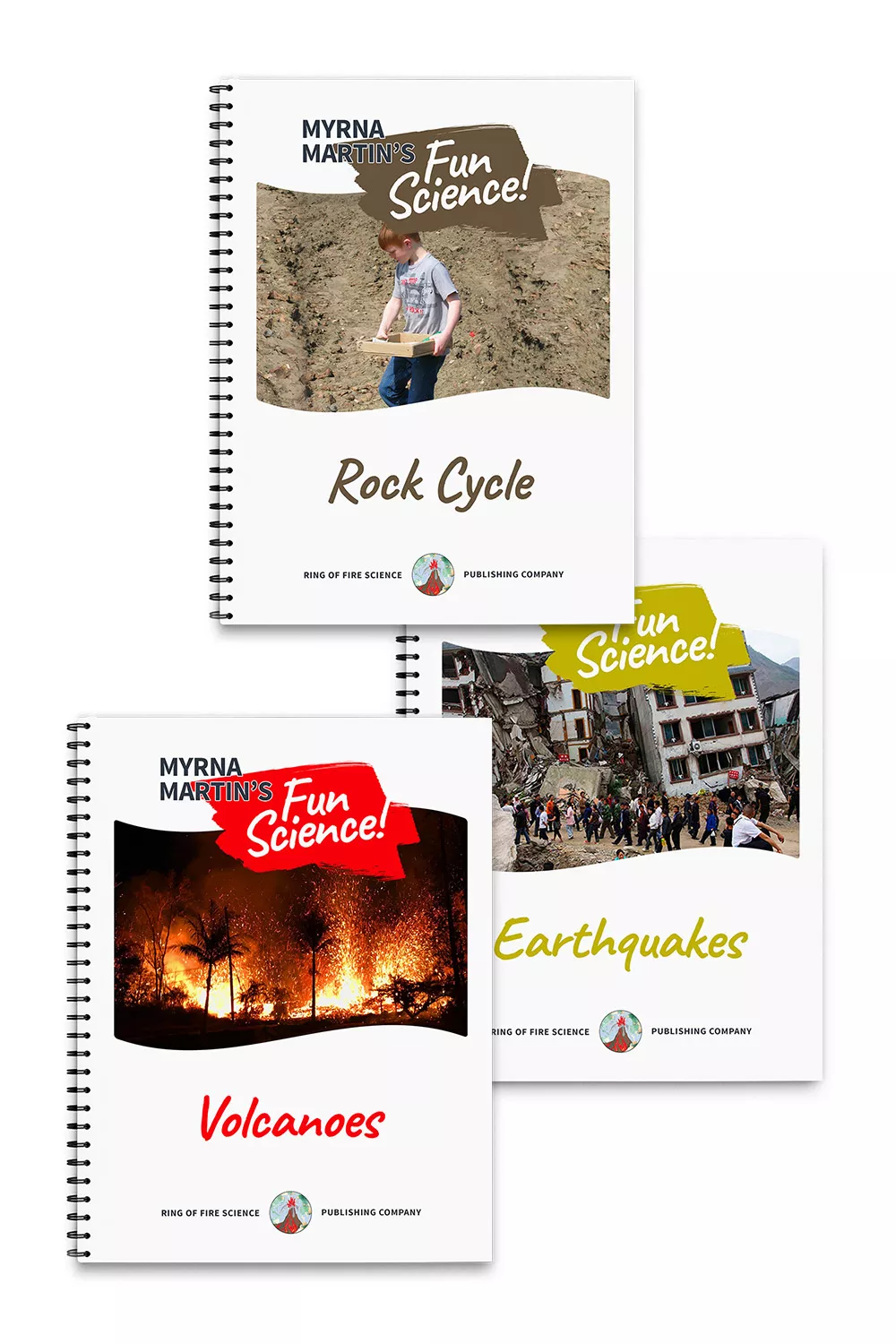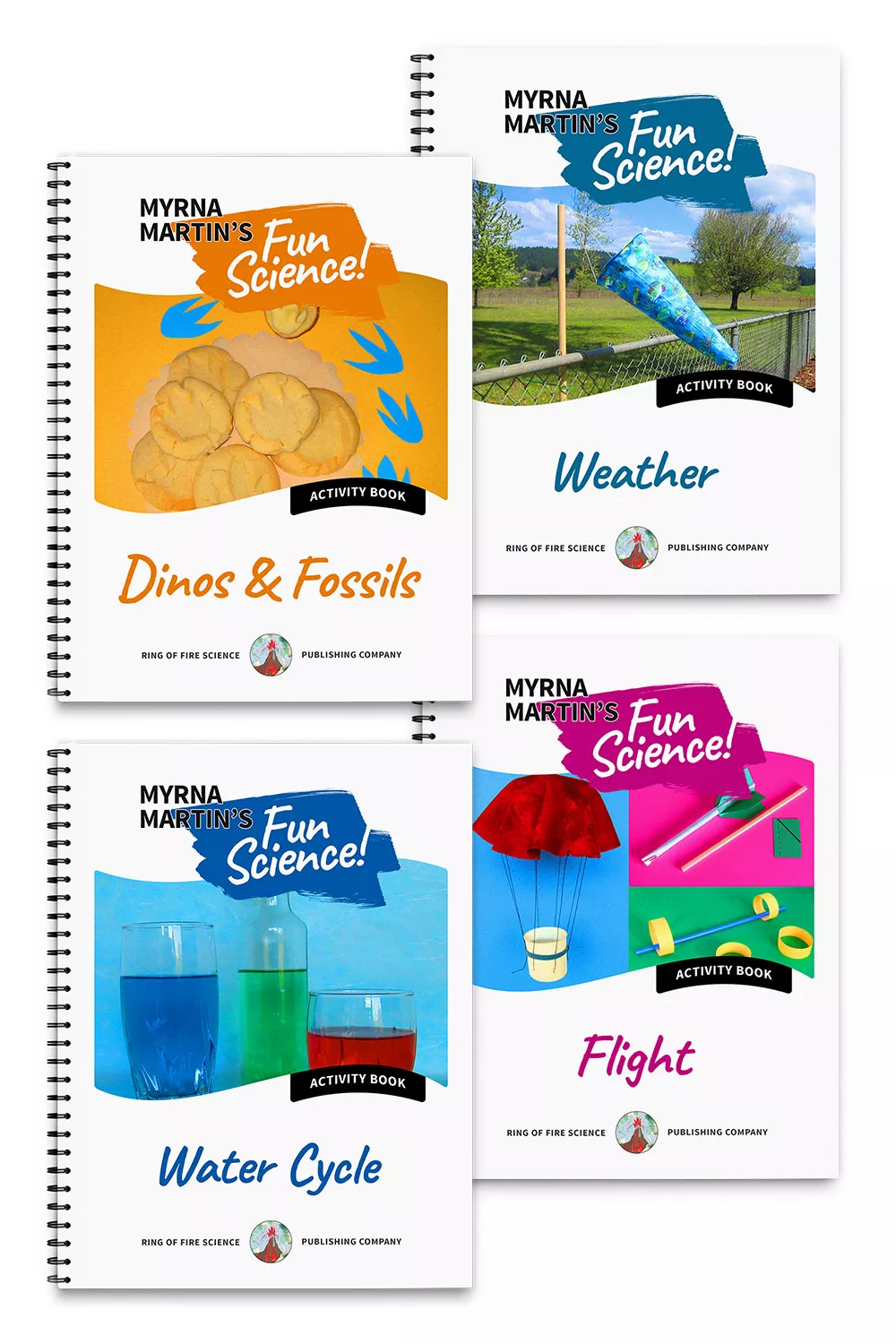Gravity Experiments
Perfect Landing
In these gravity experiments you will be creating and testing different types of parachutes. Astronauts had to use parachutes to slow their capsules down so they could land in the ocean without being killed before space shuttles were built that could return to land. The parachutes slowed their entry enough so their space capsules did not break apart when they hit the water in the ocean.
Materials
- Cloth at least 12 square inches in size
- String
- Small plastic toy
- Scissors
Directions
- Cut a piece of cloth into a square that is 12 inches on each side.
The cloth square will be the canopy of your parachute.
- Cut five strings
12 inches long.
- Tie a string to each corner of the parachute's canopy.
- Bring the four strings together so they are all the same length
from the canopy and tie them in a knot.
- Tie the plastic toy to the 5th string securely. Tie the string holding the toy to the knot below the canopy of the parachute.
Testing your parachute
- Take your parachute outside and drop it off a deck or some place
that has a little height to see if your parachute works.
- If you do not
have a place to drop your parachute you can throw it into the air and
let it float down.
- Adjust the strings and the weight of the toy as needed.
- Try more gravity experiments using parachutes of different sizes.
- Take a large lightweight plastic garbage bag and cut it into an octagon (an eight-sided figure).
- Punch 8 small evenly spaced holes in the
plastic with a nail or the end of a pair of scissors.
- Use 8 longer strings to tie to your plastic canopy and attach them to the top of a paper cup.
- Take
your plastic parachute and drop it from a deck, etc. Add different
weights to the cup to test your parachute.
- Try cutting a hole in the top
of your parachute to see if it falls straighter.
- Cut a parachute in a rectangle and see if it works as well as a square or octagon.


Click for More Information and to Order
Science behind the activity
Scientists conducted many gravity experiments as they tested different parachutes to slow large objects down. Space capsules returning to Earth during early space explorations were traveling too fast to land safely as they returned to Earth so they needed parachutes.
Parachutes in the space capsules opened and reduced the space capsules speed of reentry. The air resistance of the huge umbrella shaped parachutes slowed the space capsules as the gravity tried to accelerate the speed of reentry. The parachutes slowed their return to Earth enough to safely splash down in the ocean.
Ships were waiting nearby to pick up the returning astronauts. Parachutes are also used to slow down high speed race cars on the Bonneville Salt Flats after they set land speed records.
More Links to Science Experiments
Water Cycle Experiments, Floaters and Sinkers Try these amazing science experiments and find out how insects can walk on water!
Magnetism Experiments, Navigating the Oceans Do you know how to create a compass using only a needle and magnet? Try this easy experiment and find out!
Physical Science Experiments, Swinging With Galileo Try these fun physical science experiments first done by Galileo. See if you can make things swing on a string by pushing one object to set all the hanging strings in motion.
Plant Experiments, Creating Oxygen Try these fun and easy experiments about plants creating oxygen.
Easy Science Experiments Lots of easy experiments for kids of all ages.
Kids Fun Science Find out about science activities, experiments, plate tectonics and much more on this page.
Gravity Experiments, Perfect Landing Astronauts in the early days of space exploration returned to Earth using parachutes to slow their descent. In this experiment you create a variety of parachutes and test them.
KIDS FUN Science Bookstore
Check out Myrna Martin's award winning textbooks, e-books, videos and rock sets. The Kids Fun Science Bookstore covers a wide range of earth science topics. Click here to browse.



